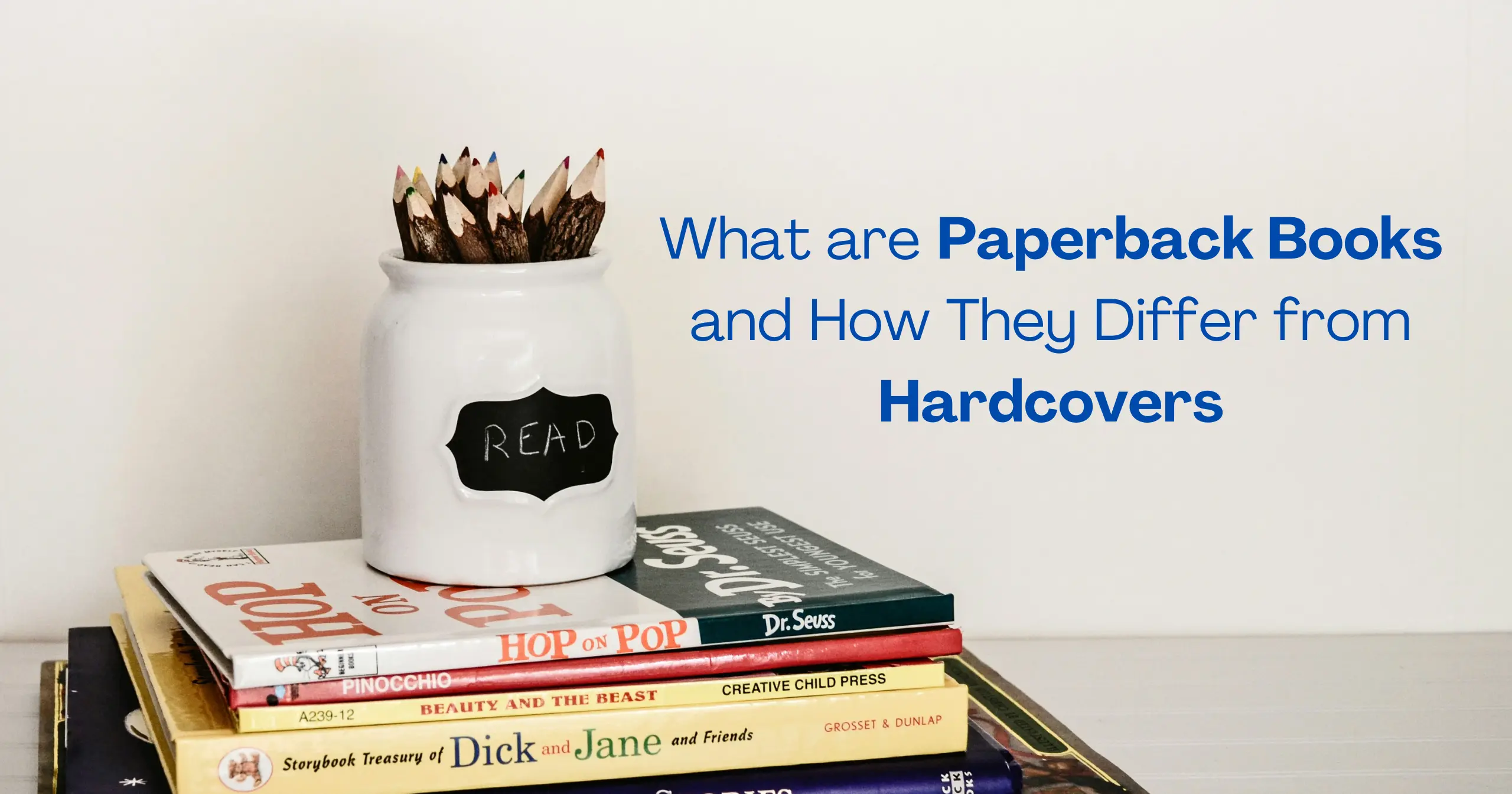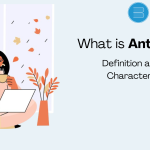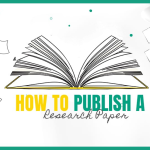In the literary world, paperback books are a mainstay because they provide readers of all ages with a flexible and reasonably priced option. These books, distinguished by their pliable paper covers, have completely changed how we can access and appreciate literature.
However, what precisely is a paperback book, and why has this format grown so widely used? We’ll explore the varieties, benefits, history, and future of paperback books in this post, giving you a thorough overview of this well-liked book format.
History of Paperback Books
The concept of paperback books dates back to the 19th century, but it wasn’t until the 1930s that they gained significant popularity. Penguin Books, founded in 1935, is often credited with pioneering the modern paperback book.
Their mission was to make high-quality literature affordable and accessible to the masses. This innovation transformed the publishing industry, leading to an explosion of titles available in the convenient paperback format.
You may also like: What is Typsetting? A Beginner’s Guide to Perfect Page Layout
Differences Between Paperback and Hardcover Books
Physical Differences
When it comes to books, paperbacks are more flexible and lighter than hardcovers. A paperback’s cover is typically composed of thick paper or cardboard, which makes it more portable and simpler to stuff into bags.
Hardcover books, on the other hand, are more durable due to their stiff cover, which is typically composed of cardboard that has been wrapped with fabric, leather, or plastic. Hardcover books are thicker and less portable than paperback books because of this durability.
Price Comparison
Paperback books are typically less expensive than hardback books when comparing pricing. The materials and production methods used have an impact on this pricing differential. Paperback books are less expensive to create because they have flexible, less expensive covers.
Hardcover books, on the other hand, have more expensive manufacture because of their sturdy, stiff covers. Paperbacks are frequently the go-to option for readers looking for affordable publications.
Durability
When it comes to durability, hardcover books outshine paperback books. Hardcover books feature sturdy covers and strong bindings that protect the pages, making them last longer, even with frequent use.
In contrast, paperback books have flexible, thin covers that are more prone to damage like bending and tearing. Therefore, while paperback books are lighter and more affordable, hardcovers are a better choice for those seeking longevity.
You may also like: Where the Red Fern Grows: Book Summary & Themes
Types of Paperback Books
Mass Market Paperbacks
One popular category of paperback books are mass market paperbacks. They are made to be widely distributed, more reasonably priced, and smaller.
These novels, which are frequently accessible at pharmacies, supermarkets, and airports, are ideal for casual readers seeking a short and easy read. Mass market paperbacks are an affordable option for many readers because they have the same storylines and material as their larger versions, yet being priced lower.
Trade Paperback
Trade paperbacks are a popular type of paperback books known for their larger size and higher quality compared to mass-market paperbacks. Typically measuring around 6×9 inches, they often feature better paper and printing, making them more durable and visually appealing.
Trade paperbacks are a favorite for readers who want a balance between the affordability of paperbacks and the quality of hardcovers, offering a great reading experience without the higher cost.
Advantages of Paperback Books
Affordability: The low cost of paperback books is one of its key benefits. Paperback books are typically less expensive to make and buy than hardback versions.
Because of this, they are an affordable choice for consumers who wish to read more books without going over their budget. Paperback books are less expensive, which allows publishers and writers to reach a larger readership and make reading more affordable for everybody.
Portability: Books in paperback are renowned for being portable. They are easier to take around because they are more flexible and lighter than hardcovers.
Thanks to this ease, readers may read their favorite novels wherever they are at home, on vacation, or even on the commute. Paperback novels are the perfect option for readers on the road because of their small size, which makes them easy to fit into bags and backpacks.
Ease of Use: Paperback books are known for their ease of use. Their flexible covers make them lightweight and easy to handle, perfect for reading on the go. You can effortlessly carry a paperback book in your bag or backpack without adding much weight.
This convenience makes paperback books an excellent choice for daily commutes, travel, or simply reading in bed. Their practical design ensures that readers can enjoy their books anywhere, anytime.
Disadvantages of Paperback Books
Less Durable
The decreased durability of paperback books in comparison to hardcovers is one of their main drawbacks. Paperback books are more prone to deterioration since they frequently have bonded bindings and soft covers.
Their pages may eventually get damaged, dog-eared, or even come loose, especially if they are used frequently. Paperback books may not endure as long as other books because of this lack of durability, which makes them less desirable for bookworms who value books that last.
Prove to Wear and Tear
More often than hardcovers, paperback novels are prone to wear and tear. With repeated handling, their pliable coverings and thinner sheets are prone to harm. Paperback books may get creases, bent corners, and fading text with time, especially if improper storage is done.
Paperback books are less suitable for long-term usage than hardcovers since they are more prone to normal wear and tear and might not last as long.
How Paperback Books are Made
Printing Process
Digital files containing the book’s content are created before the printing process for paperback books begins. The text and graphics are then transferred onto enormous sheets of paper using these files, which are subsequently transformed into printing plates.
The sheets are printed, then folded and trimmed to make pages. After that, these pages are assembled, cut to the desired size, and bound with a flexible cover. Because of this method’s efficiency and economy, paperback books are less expensive than hardcovers.
Binding Techniques
Paperback book manufacture relies heavily on binding procedures. Perfect binding is the most often used technique, in which pages are joined at the spine and subsequently fastened to a flexible cover.
This method is economical and produces a tidy, polished appearance. Saddle stitching is an additional technique that involves stapling folded sheets together.
Paperback Books in the Digital Age
Ebooks vs. Paperbacks
The argument over ebooks vs print books is still going strong in the digital age. Convenience is provided by e-books, which let users have thousands of books on one device.
However, because of their tactile quality and the joy of flipping actual pages, paperback books continue to have a unique place in the hearts of many people.
Paperback books are still in demand because they offer a tactile reading experience that many people find incomparable, even in the age of digital reading.
The Role of Paperbacks in a Digital World
Paperback books are still very important in the digital age. They are popular among readers who value the tactile quality of a physical book because they provide a tangible reading experience that e-books cannot replicate.
A larger audience can also access paperback novels because they are frequently more portable and less expensive than hardcovers. Paperback books are still in high demand despite the growth of digital media because of their reader-friendly nature and distinct delight.
Consumer Preferences
Consumer preferences for paperback books are still very strong in the digital age. Paperback books provide a tactile sensation that e-books cannot match, and this is something that many readers value.
They think carrying paperback books is more convenient and less expensive than hardcovers. Paperback books are also a popular option for readers who prefer the traditional feel of a physical book without thoughThe heft of a hardback due to its flexibility and simplicity of reading anywhere.
Final Thoughts
In conclusion, paperback books have proven to be an enduring and beloved format in the literary world, offering a balance of affordability, portability, and accessibility.
From their historical origins to their modern-day appeal, paperbacks continue to provide a tangible and enjoyable reading experience. Despite the rise of digital media, the distinct advantages of paperback books such as their ease of use and the satisfaction of holding a physical book ensure their ongoing popularity among readers.
As publishing evolves, paperbacks remain a vital part of the literary landscape, bridging the gap between cost-effectiveness and the timeless joy of reading.2
















